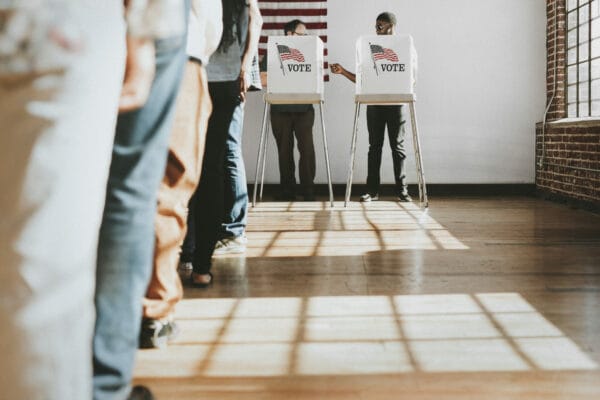 Every move does not necessarily result in an equal and opposite reaction.
Every move does not necessarily result in an equal and opposite reaction.
By Adam Deermount
Pretty much any adult with a rudimentary degree of financial knowledge is aware of the impact that interest rates have on housing. Lower rates make monthly payments cheaper and higher rates make monthly payments more expensive on a relative basis. Since nearly all homes are financed, rates impact buyer demand and prices rise and fall accordingly.
What’s far less understood is the impact that housing costs have on interest rates. Let me explain: the cost of shelter is basically a necessary evil. Houses are not a particularly dynamic economic investment yet still represent the largest “asset” that most people own. Every dollar spent on housing is a dollar that is not recycled back into the economy via consumption or investment in growing businesses that create jobs. This means that excess dollars spent on housing are a drag on the economy, leading to lower growth and, in turn lower interest rates.












